You are here
Geopark of Aksu-Zhabagly Nature Reserve.

Ecological walks in Reserve Aksu-Zhabagly.
"We, a light tribe,
Bloom and shine
And for a brief time
We linger on the branches.
All through the beautiful summer
We were in our glory -
Playing with the rays,
Basking in the dew!"
Fyodor Ivanovich Tyutchev. "Leaves."
Trekking in Aksu-Zhabagly Reserve.
Among the mountain systems of Central Eurasia, which always attract lovers of travel, a special place occupies the western end of Tien-Shan, the point of junction of the Talas Alatau, Ugam Ridge and Syrdarya Karatau. Here the Aksu-Zhabagly Reserve is located. In its territory the variety of a relief is most contrastly shown, and dynamics of modern and ancient geological processes is exclusively clearly illustrated.
There are also here very interesting petrographical, mineralogical and paleontological sights. All this together allows us to consider the reserve as a great Geopark, within which, in its turn, can be allocated areas, each not yield to many famous Geoparks in the world by its importance.
Aksu-Zhabagly Reserve, located in Tyulkubas district of Turkestan region, covers an area of almost 132 thousand hectares. Although the official date of its establishment is 1926, actually the story of the reserve takes start in 1924, when, thanks to the initiative of the well known naturalist B.P. Trizna, the unique burial of ancient animals and plants “Jurassic Lake” was taken under the protection in Syrdarya Mountains.
This plot was destined to become the first natural reserve in Central Asia, as well as the first paleontological reserve in the Soviet Union. Since 1926, “Jurassic Lake” is the paleontological zone of the reserve Aksu-Zhabagly The flora of the reserve is rich and varied - juniper, cherry magalebka, willow, birch, Talas poplar, dense grass vegetation and various shrubs.
Here also grow tulips: berkariensis, Greigii, Turkestanica, bifloriformis Vved, Buhseana, Kolpakowskiana, dasystemonoides Vved, dubia Vved. Representatives of the fauna - mountain goat, snow leopard, white-clawed bear, long-tailed marmot, lynx, wolf, fox and small mammals (mice, ground squirrels).
Here live birds such as snow cock, partridge, nightingale, paradise flycatcher, Blue Bird, and others. No less interesting are geological attractions, some of which are already included in tourist routes: the mountain peaks, rivers, glaciers, alpine lakes, waterfall and pass Kishi-Kaiyndy, gallery of rock paintings Kaskabulak etc.
The high mountain relief of the reserve, as all of its landscapes with multiple peaks, glaciers, rivers, lakes, was formed as a result of geological processes associated with the growth of the Tien-Shan, started about 30 million years ago and continuing at the present time.
This is evidenced by high seismic activity typical for the area. Numerous young gorges and canyons, deeply incised into Paleozoic rocks, open the possibility of studying more ancient geological history: plate tectonic movements, sedimentation, folding, magmatism, formation of mineral deposits, a variety of geological processes that took place over hundreds of millions years.
Most effective and popular with tourists is canyon of Aksu River, which continues its formation. Its vertical 300-meters walls are composed of conglomerate with calcareous cement. Downstream the canyon narrows, its walls obtaining fancy shapes, converge. In some places the river disappears under the natural conglomerate bridges.
Among Paleozoic structures intrusive massifs, formed by the introduction of molten magma, are of great interest. Within the reserve there are three such massifs: Maydantal formed by granite and granodiorite, Irisu and Kaiyndy, which include quite rare set of rocks: syenite, shonkinite, monzonite, pyroxenite, fergusite.
When magma introduced into limestone broad zones of contactmetamorphic rocks were formed - marble and skarn, in which you can find garnet, diopside, epidote, tremolite, hematite, magnetite, and much more. To zones of contact metamorphism, reaching in some places the width of 600 m, adjust copper-magnetite, and magnetite deposits and occurrences.
On the right bank of Zhabagly River in the mountains Zhabagly the most ancient in the region rocks of Proterozoic, Cambrian and Ordovician age outcrop. ere the geological sections of the Upper Proterozoic, Cambrian and Ordovician are studied.
In Ordovician sediments numerous imprints of fossil organisms are found: trilobites, brachiopods, graptolites, as well as stromatolites - traces of blue-green algae activity. Paleontological part of the reserve “Jurassic Lake” is an area of scientific work of paleontologists, closed to mass tourism.
In 1921 a mining engineer, A.A. Aniskovich found there the remains of ancient organisms. Excellent preservation of these fossils, as well as extraordinary, even by world standards, the abundance of insects attracted considerable attention of paleobotanists, paleoichthyologists and paleoentomologists.
Here have been found and studied beautifully preserved remains of fishes, flying lizards, salamanders, turtles, crocodile, assembled the world’s largest collection of insects (19 orders, 150 families, 500 genera, 1200 species). Most of these unique items are stored in the Moscow Museum of Paleontology.
In the limestone strata within the Aksu-Zhabagly karst manifestations are extensively developed: multiple caverns and depressions, karst grooves,karren, grottoes and caves. Some mountain lakes, presumably, have karst origin. The reserve territory is poorly studied in this regard, and the caves existing here are eagerly awaiting for their first discoverers.
In difficult for access Kaskabulak stow, at an altitude of 3000 meters above the sea level, you can visit an original “art gallery” consisting of a set of ancient rock paintings. They depict wild and domestic animals, hunting scenes and life of ancient people.
Within the reserve there are ancient burial mounds, around which fragments of pottery are found. In the immediate around of the reserve there are also many geological attractions: scenic continuation of canyon Aksu, caves Stalactite (Vannovskaya) and Kapteruya, Boroldai caves, as well as a large karst region - Ridge Karzhantau with the largest in Kazakhstan cavern - cave Uluchur (depth 260, length 830 m), paleontological remains, mounds, etc.
Objects of geotourism are already partially included in tourist routes of the reserve Aksu-Zhabagly. The development of geotourism requires further study and popularization of geological sites, the development of geo-tours, supplement of museum with interesting paleontological remains, samples of rocks and minerals, visible and reliable geological maps.
Geographic coordinates of Aksu-Zhabagly reserve: N42 ° 19'23 E70 ° 36'59
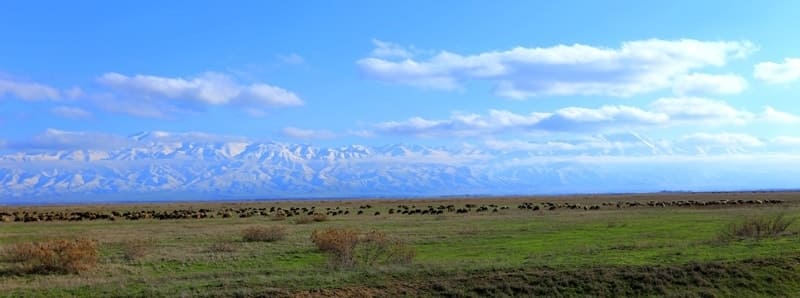
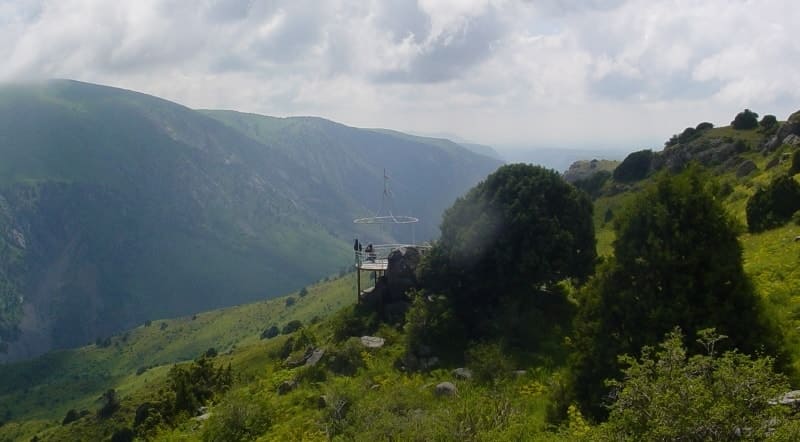
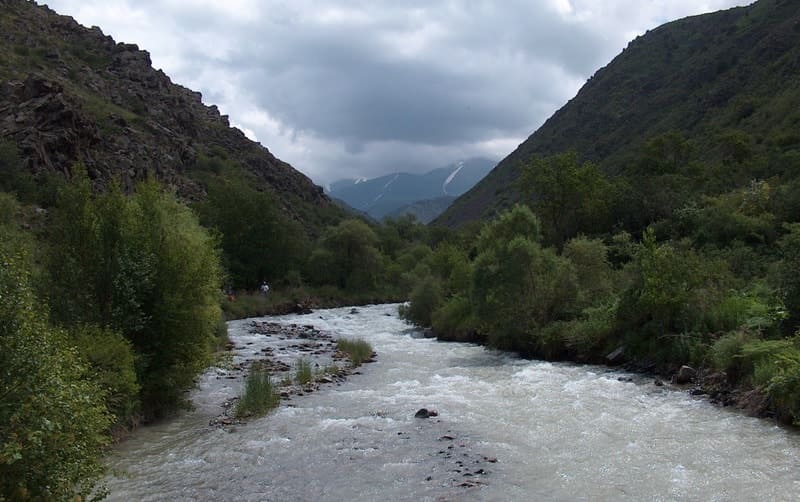

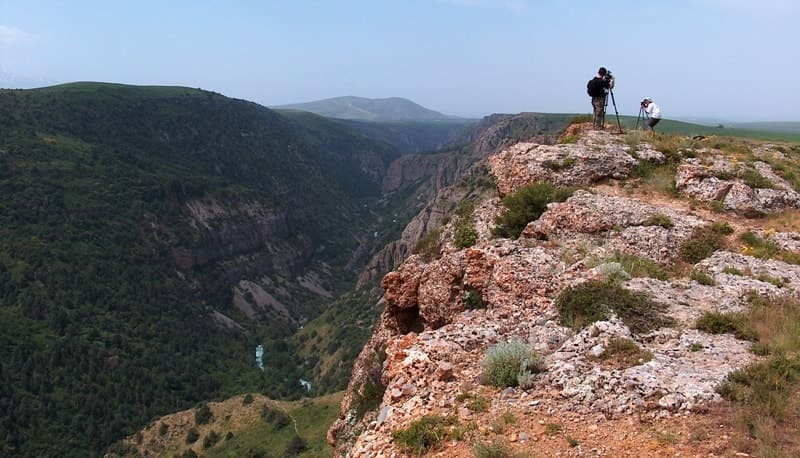

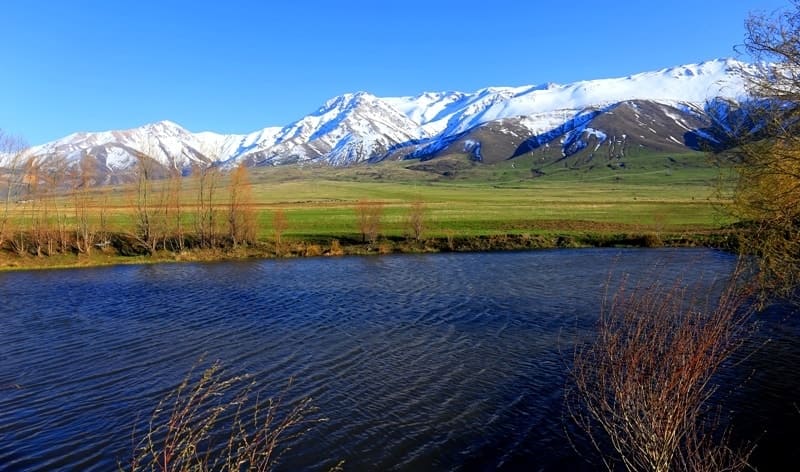

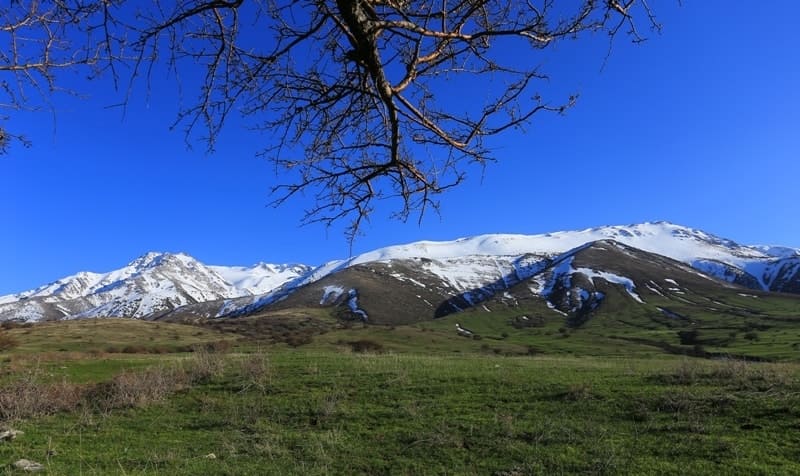

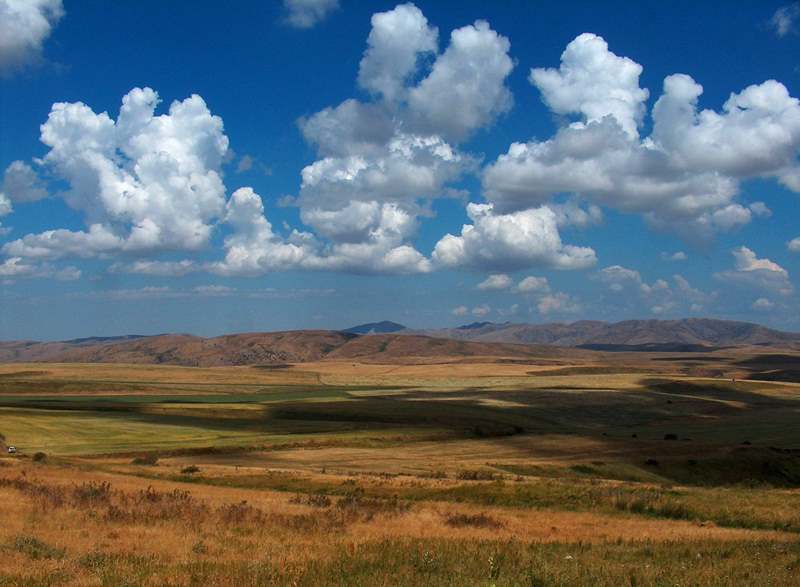
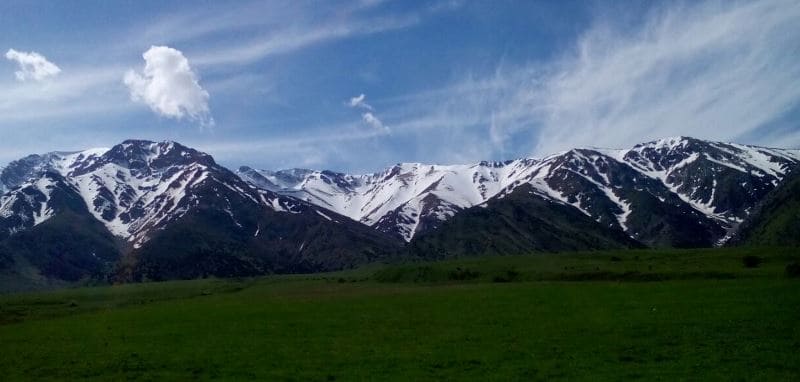
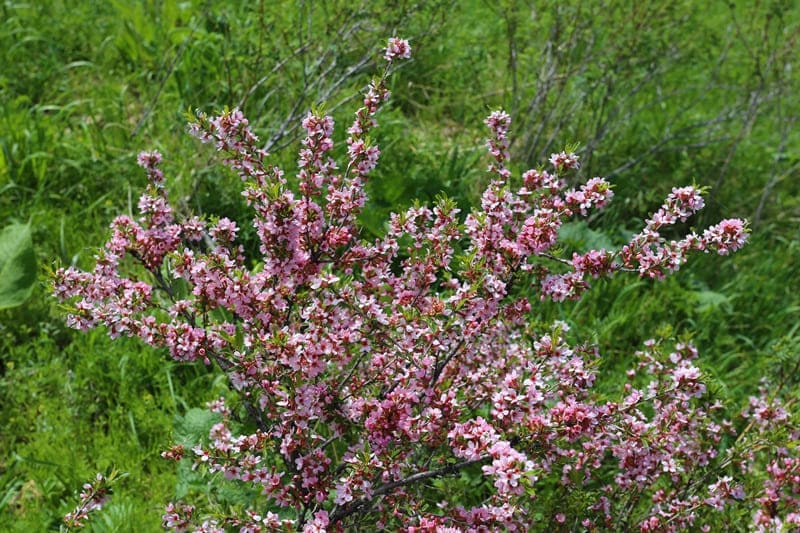

Authority:
Ilya Fishman, Yuliya Kazakova “Millions of years before the Silk Road. Geoparks in Kazakhstan”. Printing house “Idan“ Kommunal’naya, 39, Almaty, Kazakhstan http://yadi.sk/d/4_6z_blyoxnqe
Photos by:
Alexander Petrov.







